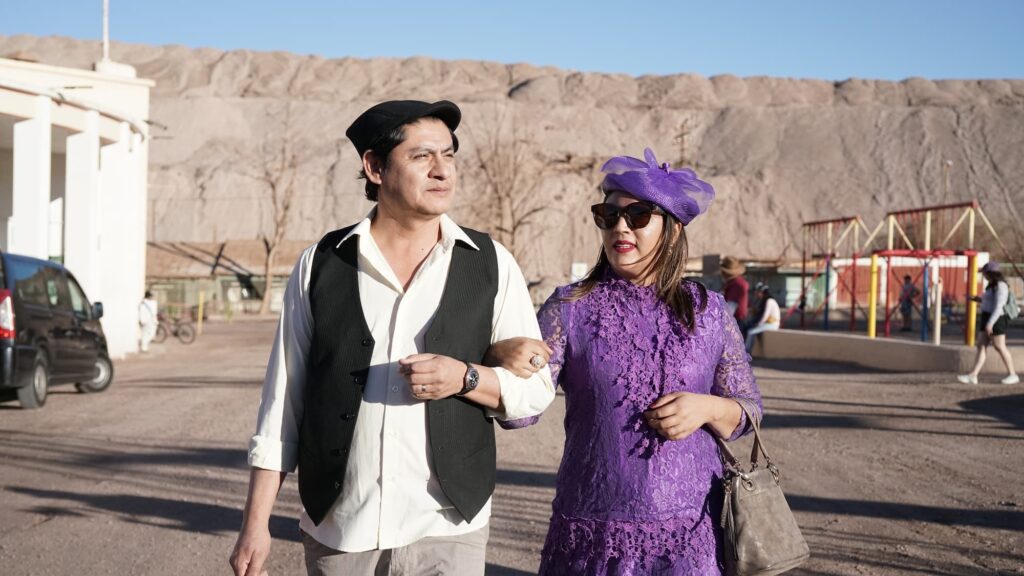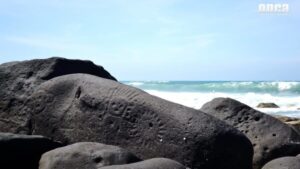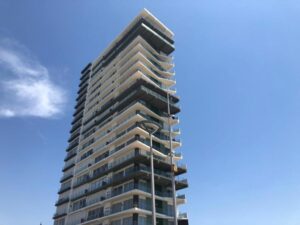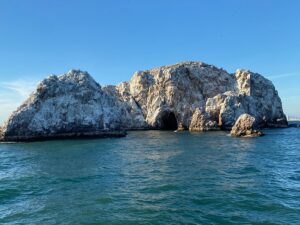Exploring the Nitrate Town of María Elena, Chile
Nestled in the heart of Chile’s Atacama Desert, María Elena is a unique destination that offers a glimpse into the country’s rich industrial past. Known as the last active nitrate town in the world, María Elena provides visitors with a fascinating blend of history, culture, and stunning desert landscapes. Whether you’re a history buff, a photography enthusiast, or simply looking for an off-the-beaten-path adventure, María Elena has something to offer.
What to See in María Elena
When visiting María Elena, the town itself is the main attraction. As you stroll through its streets, you’ll notice the well-preserved architecture that dates back to the early 20th century. The town’s layout and buildings reflect the era of nitrate mining, with structures like the old theater, the church, and the workers’ housing offering a window into the past.
One of the must-see sites is the Nitrate Museum, which provides an in-depth look at the history of nitrate mining in the region. Here, you can learn about the processes involved in extracting and processing nitrate, as well as the impact it had on the local economy and community. The museum also houses a collection of artifacts and photographs that bring the town’s history to life.
For those interested in natural beauty, the surrounding Atacama Desert offers breathtaking landscapes. The desert’s vast, arid expanses and unique geological formations make for excellent photo opportunities. Be sure to catch a sunset over the desert, as the colors of the sky and sand create a truly magical scene.
A Bit of History and Interesting Facts
María Elena was founded in 1926 by the Guggenheim family, who were prominent figures in the nitrate industry. The town was established to support the nearby nitrate mines, which were a major source of fertilizer and explosives during the early 20th century. At its peak, María Elena was home to thousands of workers and their families, making it a bustling hub of activity.
One interesting fact about María Elena is that it is the last remaining nitrate town in the world that is still operational. While many other nitrate towns have become ghost towns, María Elena continues to function, albeit on a smaller scale. This makes it a living testament to a bygone era and a unique place to visit.
Another fascinating aspect of María Elena is its location in the Atacama Desert, which is one of the driest places on Earth. The desert’s extreme conditions have preserved many of the town’s structures, allowing visitors to experience them much as they were decades ago.
Getting There and Tips for First-Time Visitors
Reaching María Elena is relatively straightforward, though it does require some planning. The nearest major city is Antofagasta, which is about 220 kilometers away. From Antofagasta, you can rent a car and drive to María Elena, which takes around three hours. Alternatively, there are bus services that connect the two locations, offering a more budget-friendly option.
For first-time visitors, it’s important to be prepared for the desert climate. The Atacama Desert is known for its extreme temperatures, with hot days and cold nights. Be sure to pack sunscreen, a hat, and plenty of water to stay hydrated. Comfortable walking shoes are also a must, as you’ll likely spend a lot of time exploring on foot.
While in María Elena, take the opportunity to interact with the locals. The town’s residents are known for their hospitality and are often eager to share stories about their community’s history and culture. This personal connection can enrich your visit and provide a deeper understanding of the town’s significance.
In summary, María Elena offers a unique travel experience that combines history, culture, and natural beauty. Whether you’re exploring the town’s historic sites, learning about its industrial past, or simply taking in the stunning desert scenery, María Elena is a destination that promises to leave a lasting impression.








